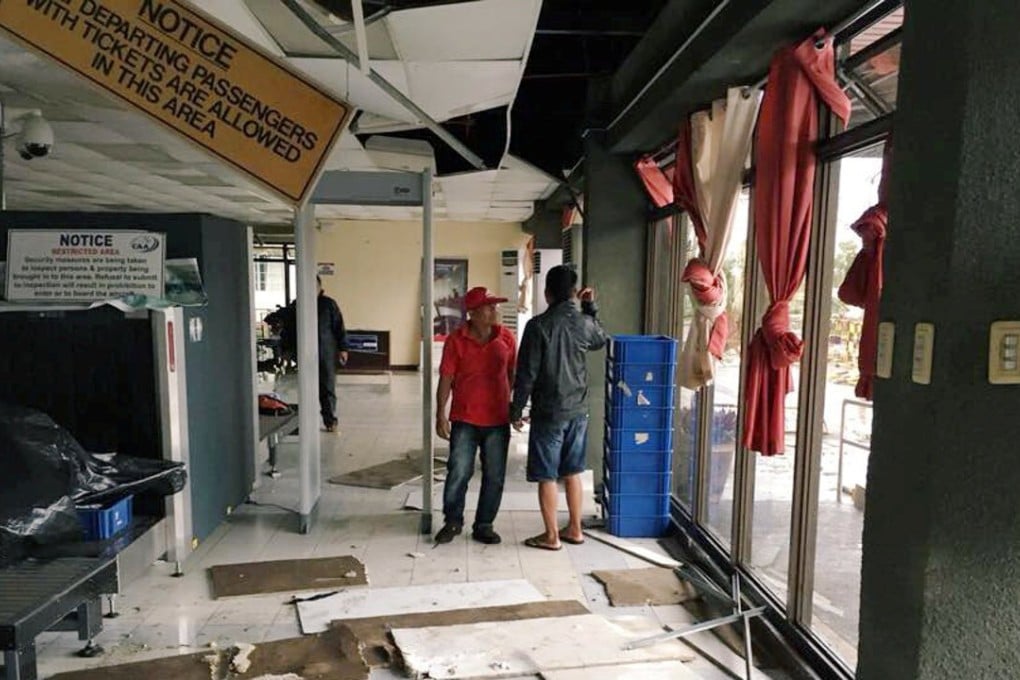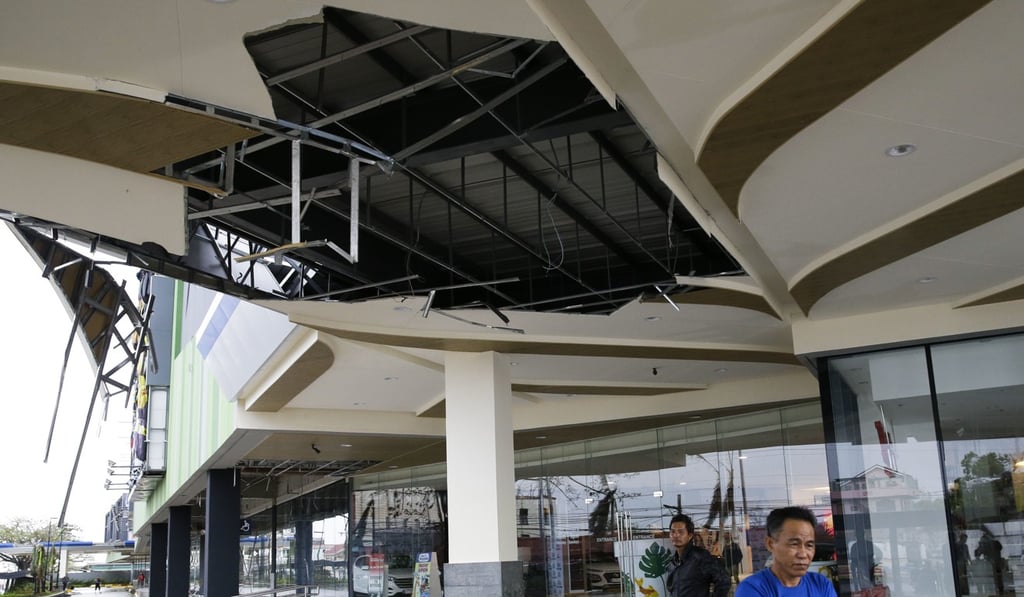Philippines assesses damage as Super Typhoon Mangkhut death toll rises to 13
Roughly 4 million people were in the path of destruction the storm slashed through the northern tip of Luzon island

Super Typhoon Mangkhut battered the Philippines with gales and torrential rains, toppling power lines, triggering landslides and damaging an airport before heading toward China’s Guangdong coastline and Hong Kong.
Roughly four million people were in the path of destruction the storm slashed through the northern tip of Luzon island, leaving at least 13 dead.
“As we go forward, this number will go higher,” Ricardo Jalad, head of the national civil defence office, told reporters, referring to the death toll.
As the powerful storm left the Southeast Asian archipelago and barrelled towards Hong Kong, Philippine authorities began sending search teams to remote areas.
The extent of the storm’s destruction began to emerge later on Saturday, with reports of rain-soaked hillsides collapsing, torrents of out-of-control floodwaters and people being rescued from inundated homes.
Just over 105,000 people fled their homes in the largely rural, agricultural region, seeking to escape the fury of the massive typhoon.
